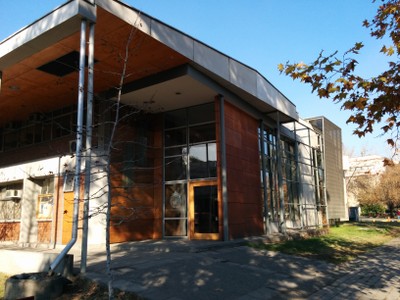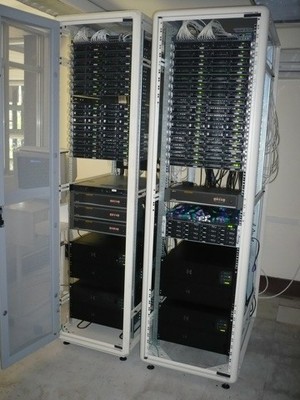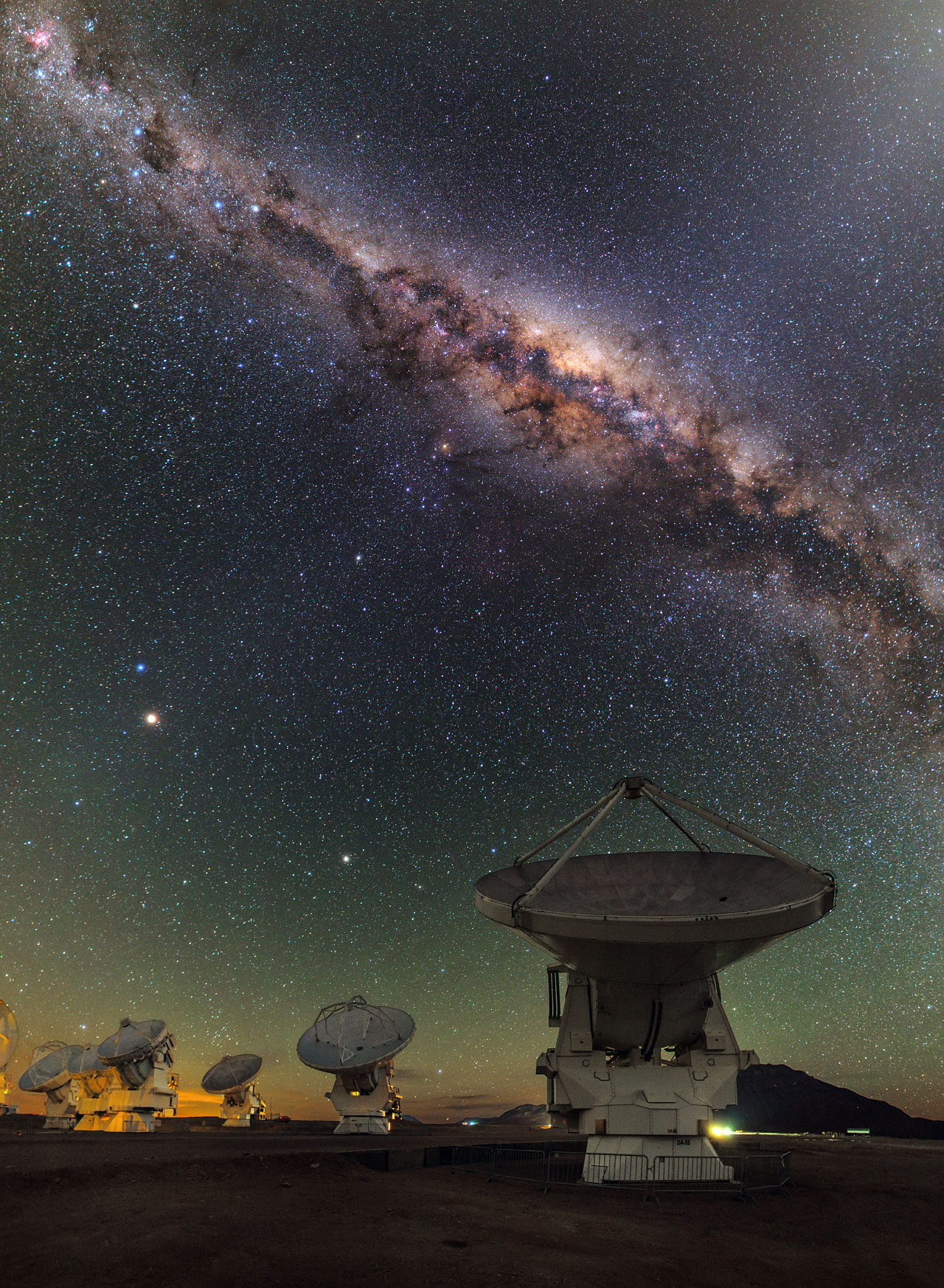Contacto
- Información de Pregrado
Márcio Catelan
mcatelan at astro.uc.cl
- Información de Postgrado
Julio Chanamé
jchaname at astro.uc.cl
+56 2 2354 4990
- Extensión y web
Thomas Puzia
tpuzia at astro.uc.cl
+56 2 2354 1645
- Prensa
difusion at astro.uc.cl
- General
Carmen Gloria Cordovez
ccordove at astro.uc.cl
+56 2 2354 4940
- Código Postal: 8970117
- ¿Cómo llegar?
Por taxi: dígale al conductor que vaya al Campus San Joaquín de la Universidad Católica en Vicuña Mackenna 4860, Macul.
Por Metro: el campus esta en la estación "San Joaquín" de la línea 5 del metro (línea verde). Si viene de Las Condes o Providencia, tome la línea 1 del metro (línea roja) hacia el poniente. Cámbiese a la línea 5 (línea verde) en la estación Baquedano (hay que bajar un piso). Tome la línea 5 en dirección a la estación Vicente Valdés; la estación San Joaquín es la octava desde Baquedano. El precio del ticket de Metro depende de la hora del día. Ponga atención en las horas punta (07:15-09:30 /18:30-21:30) porque debe tomar solo trenes expreso (Ruta Roja) de otra forma no podrá bajarse en la estación San Joaquín. Por favor asegúrese de no ir a la estación Universidad Católica que está en la línea 1. En esa estación está la casa central de la Universidad y no es el campus en el que estamos ubicados.
¿Cómo llegar al instituto una vez en la entrada del campus? Desde la entrada principal, en donde hay una estatua de Jesucristo, diríjase hasta el final del camino, en donde encontrará una iglesia de arquitectura moderna. Vaya entonces 100 metros hacia la derecha hasta que vea el edificio del Instituto de Astrofísica.







 The Institute of Astrophysics is located in the San Joaquín campus of the UC. The offices of teachers and students are distributed in a two-story building. The Institute has access to all the facilities of the Faculty and University, including libraries, multiple rooms, laboratories, internet, video conferencing, banks and other services. The university has online access to the major journals in Astronomy.
The Institute of Astrophysics is located in the San Joaquín campus of the UC. The offices of teachers and students are distributed in a two-story building. The Institute has access to all the facilities of the Faculty and University, including libraries, multiple rooms, laboratories, internet, video conferencing, banks and other services. The university has online access to the major journals in Astronomy.

 The Institute of Astrophysics of the Pontificia Universidad Católica de Chile is part of the Faculty of Physics, and its primary mission is both the research development in Astrophysics, and teaching for undergraduate and postgraduate level. The members of our Institute conduct research on a variety of issues, which involve from the closest stars and planets to distant galaxies in the Universe.
The Institute of Astrophysics of the Pontificia Universidad Católica de Chile is part of the Faculty of Physics, and its primary mission is both the research development in Astrophysics, and teaching for undergraduate and postgraduate level. The members of our Institute conduct research on a variety of issues, which involve from the closest stars and planets to distant galaxies in the Universe.